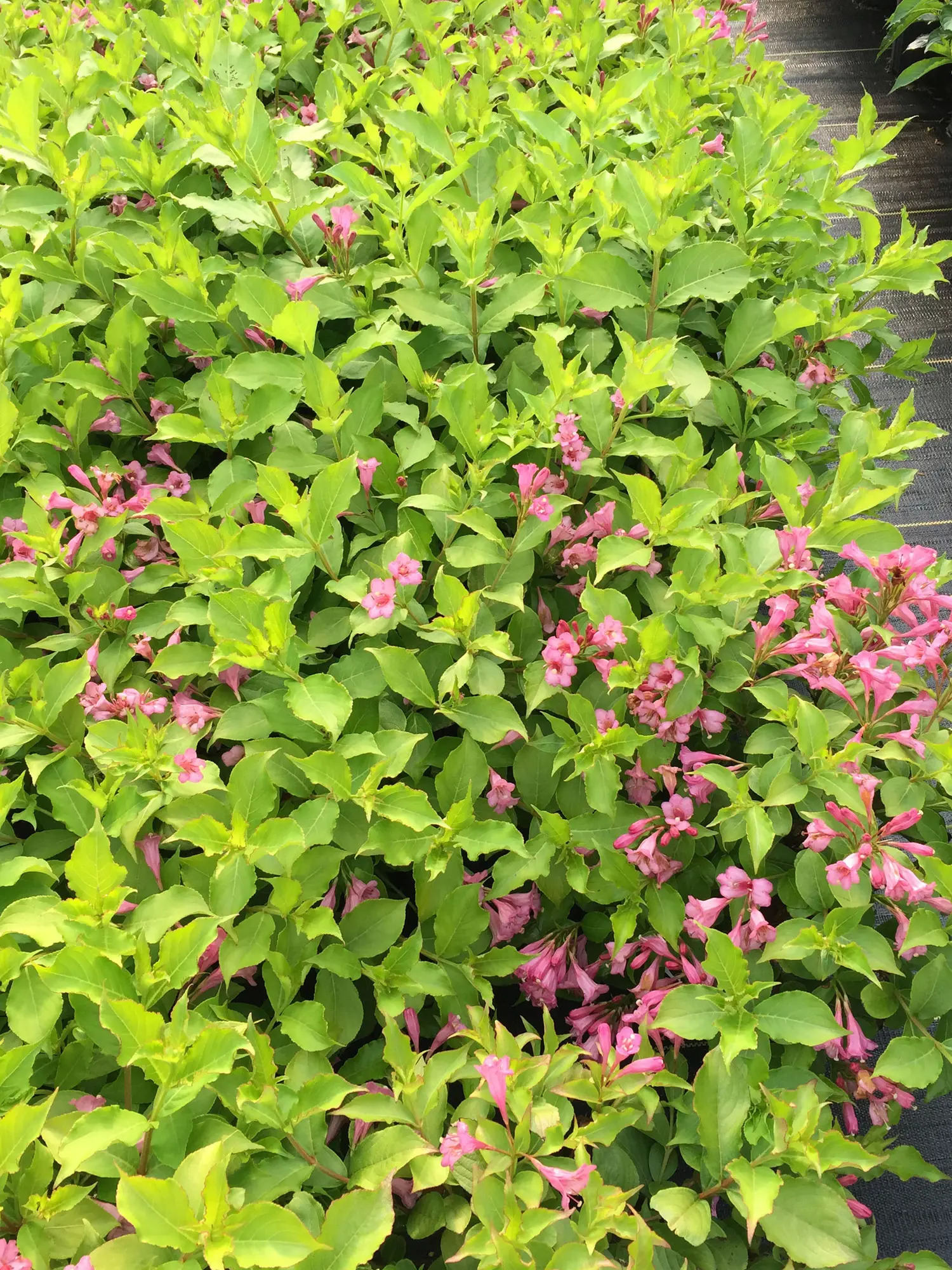As a professional horticulturalist and employee at a garden center, I am asked many questions about plants. One of the questions I hear most often is: “What shrubs can I plant that deer won’t eat?”
I group plants into four deer-related categories: (1) plants that deer eat that you wouldn’t think they would; (2) plants that deer devastate; (3) plants that deer eat but that will revive; and (4) plants that deer leave alone.
The first category serves as a warning: just because a shrub has thorns or some other unsavory characteristic, that doesn’t mean that deer won’t eat it when they want to or, more importantly, when they need to. Harsh conditions such as prolonged snow cover can make it difficult for animals to find food causing them to consume plants that they wouldn’t normally. Roses fall into this category, as do evergreen hollies, white pines, and Mugo pines. These plants can still be used, but accept that there could be heavy browse damage. To limit the damage, install the shrubs close to the house rather than farther out in the yard. Then hopefully the deer will browse from plant material farther from human activity. Deer repellant sprays are effective, but require multiple re-applications. For winter protection, wrap shrubs with burlap. For year around protection, circle the shrubs or tree trunks with heavy-duty wire fencing. Keep the fencing a few feet away from the plant so the deer can’t reach over the top to nibble on the foliage.
The second plant category relates to the plants preferred by deer, which we call “deer candy.” Deer eat these plants first, usually causing severe damage. This often kills the plants or makes them unsightly enough to require replacement. Yew, wintercreeper (Euonymus fortunei), and arborvitae fall into this group. So does the genus Chamaecyparis (false cypress), which looks very similar to arborvitae and receives similar damage.
Plants in the third category are those that deer eat in normal or harsh years, but survive the damage. Often, these “comeback kings” are multi-stemmed shrubs that recover from deer browse by sending a flush of growth to the tips of the branches, or to new suckers at ground level. Think of plants that people describe as “overgrown” such as forsythia, Virginia sweetspire, ninebark, and hydrangea. You can risk installing these plants in deer-patrolled landscapes because of their ability to compensate for the browse damage.

The last category is filled with plants that deer generally leave alone, a group that plant enthusiasts always wish was larger. What makes a plant unpalatable to deer? Sometimes it is a strong scent, such as that from plants such as peony, mock orange, and butterfly bush. I find boxwood to smell like cat urine, and maybe deer think the same because they don’t eat it. Thorns, like those on barberry, may deter deer, yet some thorny plants such as roses are still susceptible. Prickly leaves (juniper, Cytisus, dwarf Alberta spruce) often protect a plant. The slight prickliness of the ‘Green Giant’ arborvitae leaves compared to the relatively smooth leaves of the cultivar ‘Emerald Green’ may be the reason why deer tend to steer clear of ‘Green Giant’ but devour ‘Emerald Green.’ While moving plants around a retail nursery setting, I have noticed that some shrubs have sharp twigs even if they do not have thorns. Spirea and potentilla cause more scratches on my arms than other plants, and both are deer-resistant. Several broad-leaf evergreens are also deer resistant, such as Pieris, mountain laurel, and inkberry (Ilex glauca). Lilacs and weigelas are browse-resistant, and offer many new cultivars including dwarf forms and varieties that rebloom in the summer.
Although deer will browse many plants, there are still lots of options for a deer-resistant landscape. Careful and thoughtful planning will ensure you have a yard of which you can be proud.
